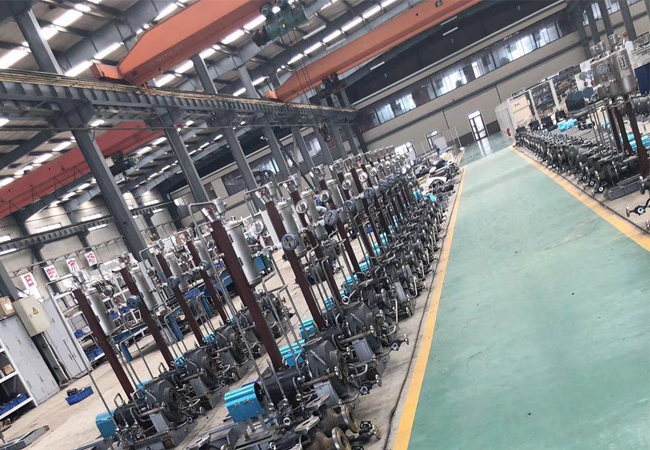Portuguese
- Afrikaans
- Albanian
- Amharic
- Arabic
- Armenian
- Azerbaijani
- Basque
- Belarusian
- Bengali
- Bosnian
- Bulgarian
- Catalan
- Cebuano
- Corsican
- Croatian
- Czech
- Danish
- Dutch
- English
- Esperanto
- Estonian
- Finnish
- French
- Frisian
- Galician
- Georgian
- German
- Greek
- Gujarati
- Haitian Creole
- hausa
- hawaiian
- Hebrew
- Hindi
- Miao
- Hungarian
- Icelandic
- igbo
- Indonesian
- irish
- Italian
- Japanese
- Javanese
- Kannada
- kazakh
- Khmer
- Rwandese
- Korean
- Kurdish
- Kyrgyz
- Lao
- Latin
- Latvian
- Lithuanian
- Luxembourgish
- Macedonian
- Malgashi
- Malay
- Malayalam
- Maltese
- Maori
- Marathi
- Mongolian
- Myanmar
- Nepali
- Norwegian
- Norwegian
- Occitan
- Pashto
- Persian
- Polish
- Portuguese
- Punjabi
- Romanian
- Russian
- Samoan
- Scottish Gaelic
- Serbian
- Sesotho
- Shona
- Sindhi
- Sinhala
- Slovak
- Slovenian
- Somali
- Spanish
- Sundanese
- Swahili
- Swedish
- Tagalog
- Tajik
- Tamil
- Tatar
- Telugu
- Thai
- Turkish
- Turkmen
- Ukrainian
- Urdu
- Uighur
- Uzbek
- Vietnamese
- Welsh
- Bantu
- Yiddish
- Yoruba
- Zulu
Telephone: +86 13120555503
Email: frank@cypump.com
Nov . 10, 2024 12:21 Back to list
Optimal Design of Horizontal Centrifugal Pumps for Enhanced Performance and Efficiency
Best Practices for Using Horizontal Centrifugal Pumps in Pipelines
Horizontal centrifugal pumps are widely used in various industrial applications due to their efficiency and reliability. They play a crucial role in transporting fluids through pipelines, whether in water supply systems, chemical processing, or oil and gas industries. Understanding how to best utilize these pumps can markedly improve their performance and longevity. This article discusses the best practices for optimizing horizontal centrifugal pumps in pipeline applications.
Understanding Horizontal Centrifugal Pumps
Horizontal centrifugal pumps operate by converting mechanical energy into fluid energy. The pump's impeller rotates, creating centrifugal force that pushes fluid outwards, generating flow and pressure. This design is favored for its simplicity, cost-effectiveness, and efficiency, especially in large-scale applications.
Selecting the Right Pump
The first step in ensuring optimal performance is selecting the appropriate pump for the specific application. Factors such as flow rates, head requirements, fluid characteristics (viscosity, temperature, and chemical composition), and system layout must be taken into account. Utilizing pump curves provided by manufacturers helps in identifying the best pump size and type that meets the operational needs.
Proper Installation
Correct installation is critical to maximizing the efficiency of horizontal centrifugal pumps. This includes ensuring that the pump is correctly aligned with the motor and the pipeline to avoid undue stress on the components. Additionally, it is vital to install the pump at an appropriate elevation and distance from the fluid source to minimize cavitation risks and pressure loss.
Regular Maintenance
best pipeline/horizontal centrifugal pump

Routine maintenance is essential for the long-term operation of horizontal centrifugal pumps. Key maintenance practices include regular inspections, monitoring for unusual vibrations or sounds, and checking seals and bearings for wear. Maintaining proper lubrication and replacing worn parts on schedule can prevent catastrophic failures. Implementing a predictive maintenance schedule using data from sensors can also enhance reliability.
Understanding NPSH
Net Positive Suction Head (NPSH) is a critical parameter to consider when operating centrifugal pumps. NPSH refers to the pressure available at the pump inlet, and it must exceed the NPSH required by the pump to avoid cavitation, which can lead to pump damage over time. Ensuring that the pump operates within its NPSH requirements is key to sustaining efficiency and prolonging the lifespan of the equipment.
Ensuring Adequate Flow Control
In many applications, flow control is vital for the operational efficiency of horizontal centrifugal pumps. Using variable frequency drives (VFDs) allows for adjustable speed operation, optimizing energy consumption while maintaining the desired flow rate. Additionally, ensuring that the piping system is correctly sized and configured reduces friction losses, allowing for smoother flow and less strain on the pump.
Monitoring Parameters
Implementing monitoring systems to keep track of critical parameters such as pressure, temperature, and flow rate can help ensure that the pump operates within acceptable limits. This real-time data can assist in identifying potential issues before they escalate into significant problems.
Conclusion
Horizontal centrifugal pumps are integral to effective fluid transport in various industries. By selecting the right pump, ensuring proper installation, maintaining the equipment regularly, monitoring NPSH and flow control, and utilizing real-time monitoring systems, operators can enhance both the performance and lifespan of these pumps. Implementing these best practices can result in higher efficiency, reduced downtime, and lower operational costs, ultimately contributing to the success of industrial processes.
-
Horizontal Split Case Pump with GPT-4 Turbo | High Efficiency
NewsAug.01,2025
-
ISG Series Pipeline Pump - Chi Yuan Pumps | High Efficiency, Durable Design
NewsAug.01,2025
-
Advanced Flue Gas Desulfurization Pump with GPT-4 Turbo | Durable & Efficient
NewsJul.31,2025
-
ISG Series Vertical Pipeline Pump - Chi Yuan Pumps | Advanced Hydraulic Design&Durable Construction
NewsJul.31,2025
-
ISG Series Vertical Pipeline Pump - Chi Yuan Pumps | Energy Efficient & Low Noise
NewsJul.31,2025
-
pipeline pump - Chi Yuan Pumps Co., LTD.|High Efficiency&Low Noise
NewsJul.31,2025










